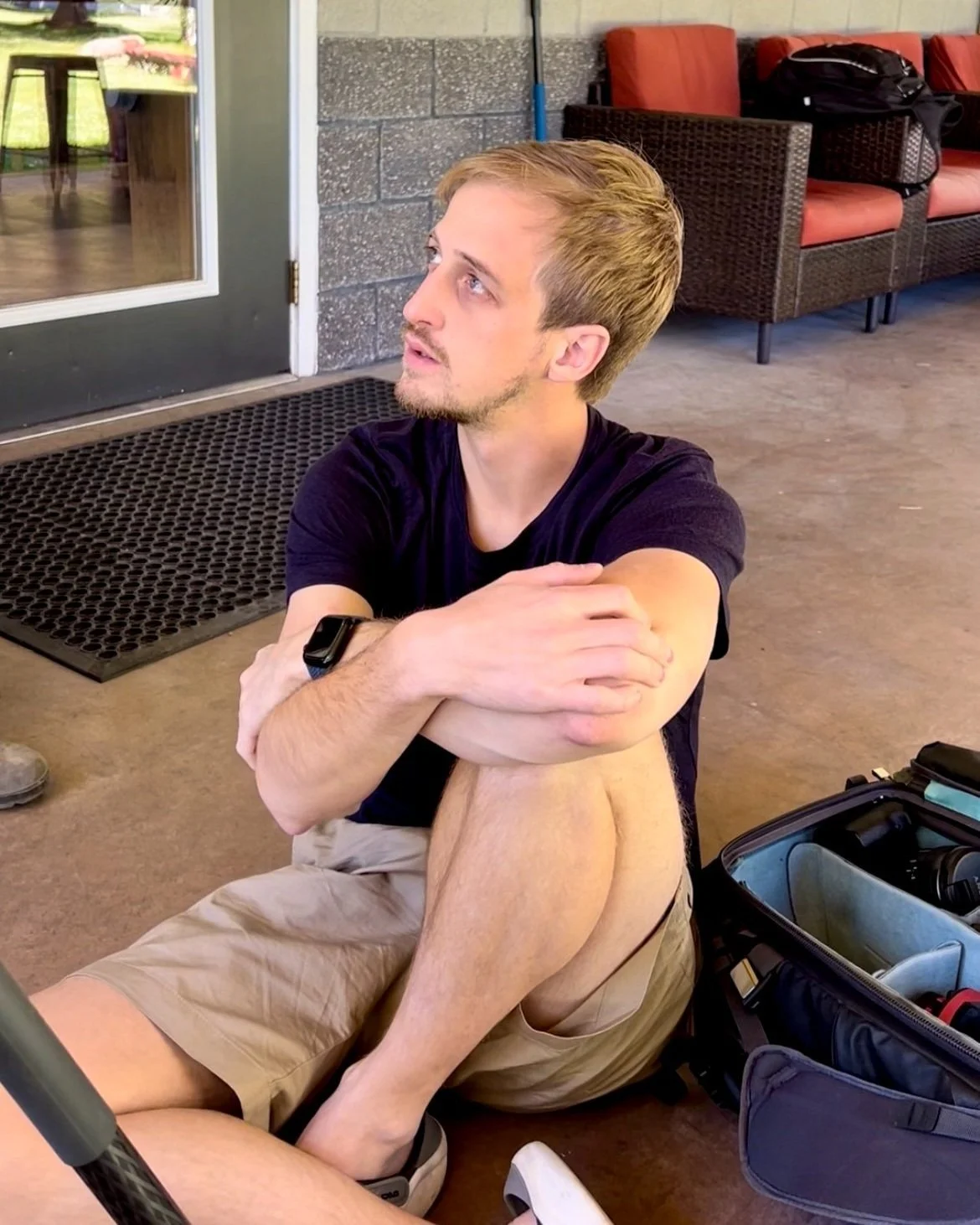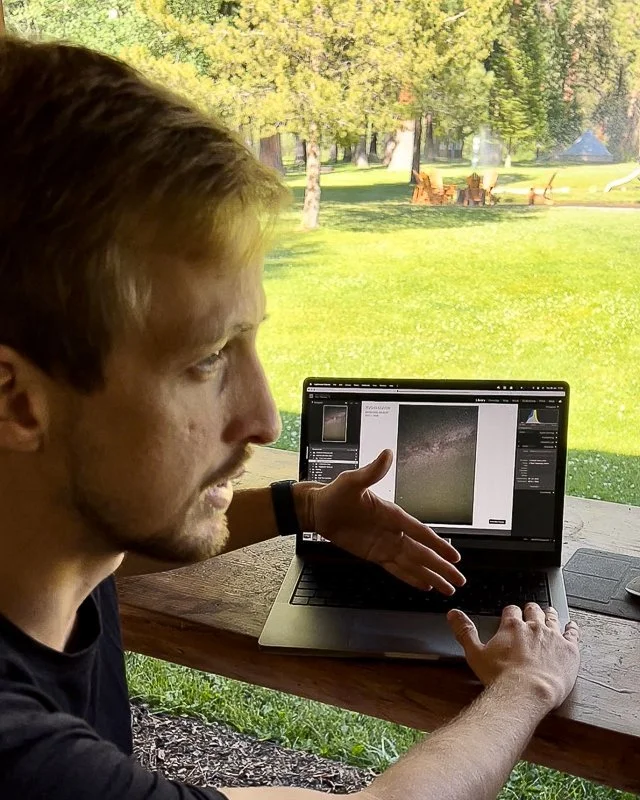Astrophotography in Oregon: Crater Lake, Coast & Alyn Wallace
My Astrophotography Adventure in Oregon: Crater Lake, the Coast, and Meeting Alyn Wallace
In early July, I returned from a once-in-a-lifetime astrophotography workshop in Oregon, USA—a journey that took me from the iconic Crater Lake National Park to the dramatic Oregon Coast. Along the way, I had the incredible opportunity to meet one of my biggest inspirations: Alyn Wallace, a world-class landscape astrophotographer from Wales, UK.
If you’re not familiar with Alyn Wallace, you’re truly missing out. His work has profoundly influenced my astrophotography journey. I’ve learned so much from his tutorials, videos, and insights over the years—and meeting him in person was nothing short of surreal.
At the time I’m publishing this, Alyn is on the verge of releasing his book. Be sure to visit alynwallacephotography.com to get your copy, follow him on Instagram @alynwallace, and definitely subscribe to his YouTube channel. His content teaches what photos alone can’t—context, technique, and the heart behind the image.
First Stop: Portland, Oregon – A City of Roses and Volcanoes
To ease into the journey, I spent my first two days in Portland, Oregon’s largest city. Nestled in a region known for its warm, dry summers and cool, rainy winters, Portland’s unique climate has earned it the nickname “City of Roses.”
Overlooking the city is Mount Hood, Oregon’s tallest peak and a potentially active stratovolcano. It offers the only year-round lift-served skiing in North America and adds a powerful presence to the city’s skyline.
While in Portland, I explored the outskirts and visited the Columbia River Gorge, a region brimming with waterfalls and dramatic cliffs. The highlight? Multnomah Falls, the tallest waterfall in Oregon, cascading 620 feet over two tiers. The historic Multnomah Creek Bridge, built in 1914, adds a timeless charm.
Astrophotography at Crater Lake National Park – A Bortle Class 1 Heaven
The workshop began at Crater Lake National Park, and let me tell you—this is the darkest sky I’ve ever experienced. Crater Lake is a Bortle Class 1 location, meaning minimal light pollution and incredible sky clarity due to its elevation and dry atmosphere.
Crater Lake, formed within the caldera of a collapsed volcano (Mount Mazama), is the deepest lake in the U.S., fed only by snow and rain. Its striking blue color and geologically active floor make it one of the most unique landscapes for astrophotography.
In one of my panoramas (below), you’ll notice a soft green haze—airglow, not to be confused with the aurora. This phenomenon is caused by ionized gases in the atmosphere emitting faint light. Alyn even helped me fix my tilt head here—this was my first tracked Milky Way panorama, taken at the stunning Watchman Overlook.
We also drove the scenic Rim Drive, a 33-mile loop around the caldera with endless viewpoints. One stop led us to a surreal, otherworldly tree that looked like it came straight out of a fantasy novel.
Chasing Stars on the Oregon Coast – Gold Beach, Secret Beach & More
After a few incredible nights at Crater Lake, we made our way to the Oregon Coast. While cloud cover blocked our views at some iconic spots like Secret Beach and Face Rock Scenic Viewpoint, we eventually found clear skies in the Gold Beach area.
Gold Beach surprised me in more ways than one. I found mysterious rock formations that seemed to point directly at the Milky Way. These unnamed geological shapes offered a surreal foreground for my photos. It reminded me how lesser-known locations often result in the most unique images.
One such spot was Kissing Rock, a formation with a distinctive curve that, according to local legend, earned its name from the teens who once used it as a secret meeting place. Shooting into the light pollution from town, I wasn’t expecting much—but the resulting silhouetted shot of the Cassiopeia region of the Milky Way surprised me. If you look closely, you’ll spot the Andromeda Galaxy just above the white glow of the clouds.
Another highlight was revisiting Secret Beach, part of the Samuel H. Boardman State Scenic Corridor, a stunning 12-mile stretch of rugged coastline, sea stacks, and forest. Named after Oregon’s first state park superintendent, the area was originally envisioned as a national park. It certainly deserves that designation.
Reflection – Why This Trip Changed Me
This was more than just an astrophotography workshop. It was my first time visiting the U.S. West Coast, and it became a turning point in both my creative and personal life. The trip taught me a lot about light, landscape, and camera technique—but more importantly, it taught me about myself.
Travel has a way of doing that. It improves mental clarity, inspires confidence, and reveals passions you didn’t know you had. This trip confirmed something I had been suspecting: I’m meant to travel more often. Astrophotography is just the beginning—I’m on a path now, and I have a plan.
And at the very least… I got to meet Alyn Wallace in person. Not many can say that.









